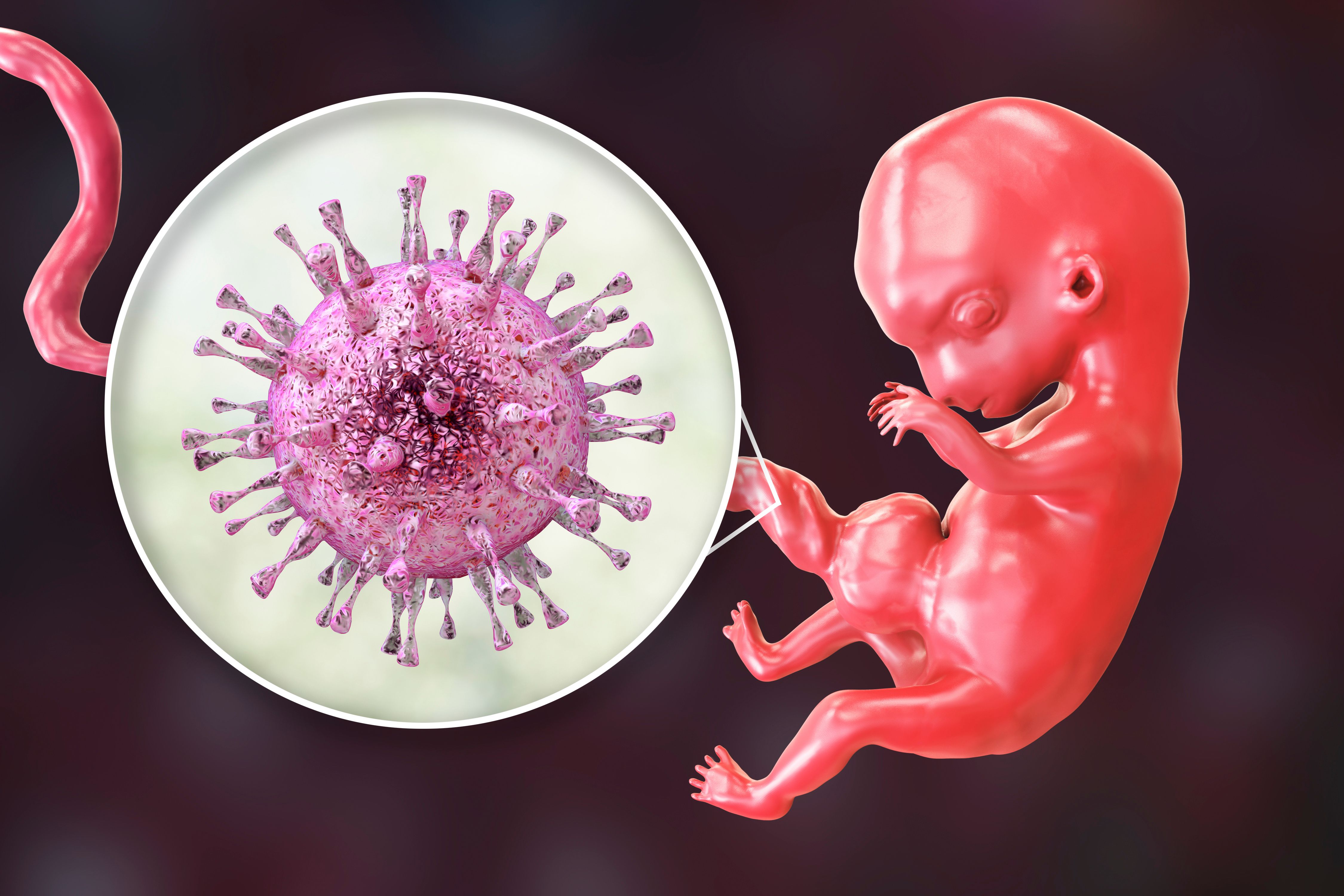Article highlights
- Congenital CMV prevalence: 0.67% worldwide, higher in low- and middle-income countries (90% non-primary infections).
- Infections sources: Result from primary or nonprimary maternal infection; 40% congenital infection risk in CMV seronegative pregnant women with primary infection.
- Prevention strategies: Hand hygiene education, hyperimmune globulin therapy, antiviral therapy (valacyclovir reduces transmission by 70%). Vaccine development aims for strong immunity.
- Vaccine progress: gB/MF59 vaccine 43% effective; Moderna's mRNA-1647 (Phase II results reported, Phase III trial enrolling patients) shows promise.
- Future considerations: Vaccination of young children to curb spread, or pregnant women/adolescent girls for protective immunity; further studies needed for optimal approach.
Vana Papevangelou, MD, PhD, University of Athens School of Medicine in Greece, presented current and upcoming strategies to prevent congenital cytomegalovirus (CMV) infections in neonates at IDWeek 2023. Congenital CMV is the most prevalent viral congenital infection. Overall, worldwide congenital CMV infection prevalence is 0.67%. However, studies have shown that prevalence is even higher in low- and middle-income countries.
Congenital CMV infection can result from primary maternal infection during pregnancy, but can also result from nonprimary infection due to either re-infection with a different strain or reactivation of CMV from prior latent infection. In low- and middle-income countries, up to 90% of congenital CMV infection are caused by non-primary infection.
Preventing congenital CMV infection is important, as congenital infections by CMV are associated with long-term neurodevelopmental sequelae, with the most common being sensorineural hearing loss. Sensorineural hearing loss can be identified at birth, but in many cases develops later in childhood.
Primary CMV infection occurs in 1-4% of women who start their pregnancy as CMV seronegative. In those women who experience primary infection, approximately 40% of their infants will contract congenital CMV infection. It is thought that CMV nonprimary infection accounts for the majority of congenital infection given it is more common, but the overall incidence during pregnancy has not been definitively established.
Current strategies being investigated to prevent congenital CMV infection include hand hygiene educational initiatives, therapy with hyperimmune globulin from donors with CMV-specific antibody titers, as well as antiviral therapy with valacyclovir of pregnant women with primary infection during pregnancy. One study found that PO valacyclovir can reduce transmission to the fetus by 70%.
The goal of vaccines being developed to prevent congenital CMV infection is to induce strong cellular and humoral immunity. One vaccine that was under development was gB/MF59, a recombinant protein vaccine, was one of the most successful vaccines studied to prevent congenital CMV infections. However, the vaccine was only approximately 43% effective at preventing congenital CMV infections.
A promising vaccine currently under development by Moderna is mRNA-1647. This vaccine uses 6 mRNA sequences that code for 2 CMV antigens to generate an immune response. Phase II clinical trial results were recently reported, and a phase III trial of the vaccine is currently enrolling patients.
Papaevangelou closed by discussing future considerations for CMV vaccination strategies. Congenital CMV infection is most often attributable to either primary or re-infection spread to pregnant women from young children who are shedding the virus. Therefore, some have hypothesized that vaccination of young children will help curb the spread to pregnant women. Others have suggested vaccination of pregnant women or adolescent girls to provide future protective immunity, but further studies are needed to determine the most efficacious means to deploy vaccines against CMV once they are available.
Reference:
Papaevangelou V. Maternal immunizations to reduce infant mortality: Where are we now?. Presented at: IDWeek 2023, Boston, Massachussetts.
